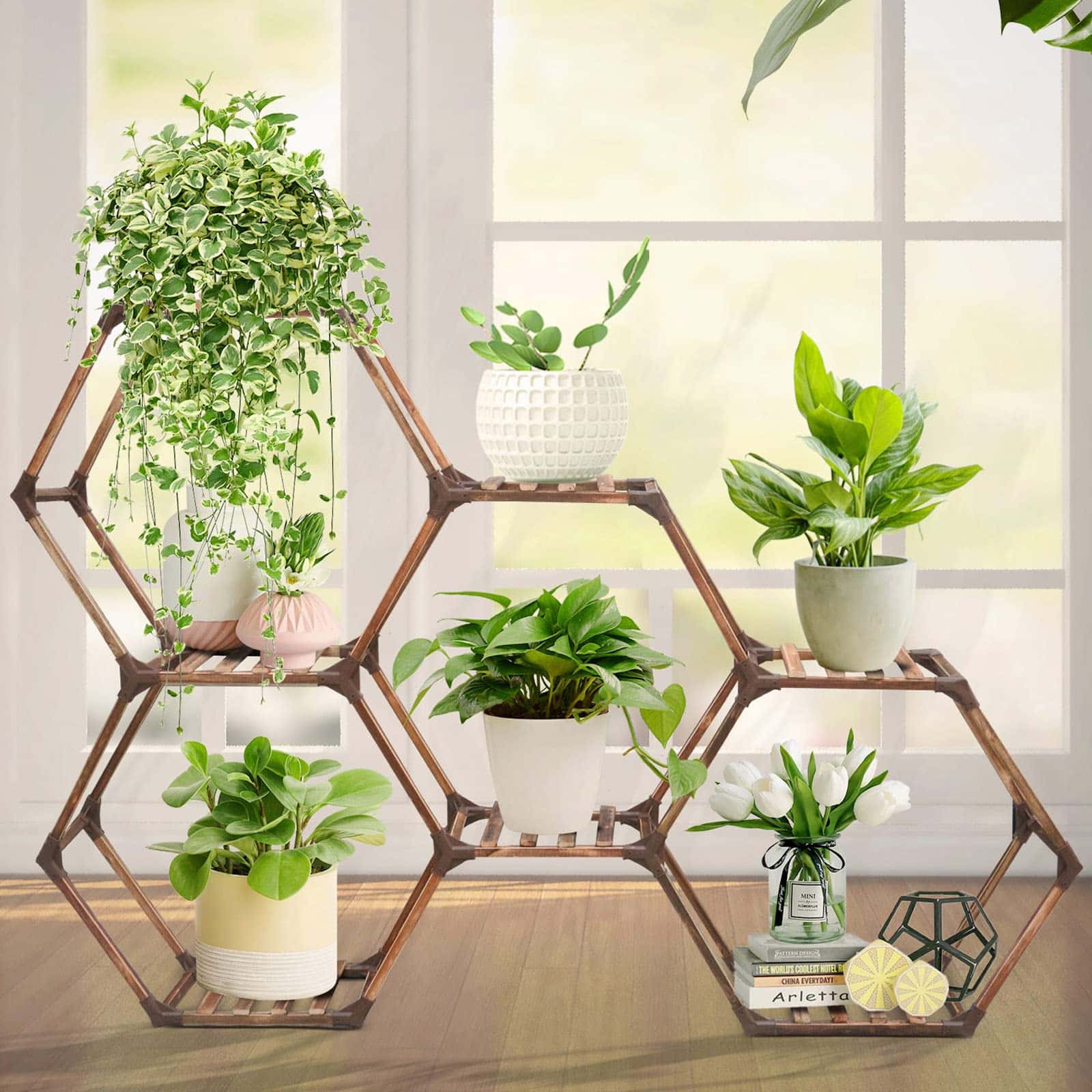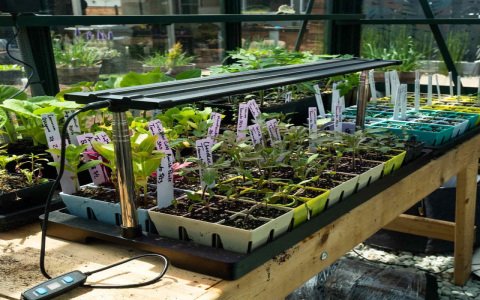Alright, so I decided I needed an adjustable height plant stand. My plants, you see, they just don’t cooperate. One minute they’re tiny, the next they’re trying to take over the living room. And fixed stands? Useless after a growth spurt. I was tired of playing musical chairs with pots and stands, trying to get everyone the right amount of light.
Getting Started: The “Simple” Idea
I figured, how hard could it be? Just need something that goes up and down. I’d seen those fancy ones in shops, costing an arm and a leg. Nah, I thought, I can do better. Or at least, cheaper. That’s usually my main motivator, if I’m honest. My goal was something practical, not necessarily a showroom piece. Just something to get the plants off the floor, you know? They say it’s good for them, more light, better air circulation, all that jazz. Plus, it stops water stains on the floor, which is a big win.

The Actual Work: A Bit More Than I Bargained For
So, I gathered my materials. Some wood, a few bolts, maybe some screws. I had this vision in my head. It was going to be sleek, minimalist. The reality? A lot of sawdust and head-scratching.
First things first: cutting the wood. My measurements were, let’s say, “enthusiastic” at first. Had to re-do a couple of pieces. Measure twice, cut once, they say. I usually measure once, cut, then stare at it wondering why it’s wrong, then measure again. Classic.
Then came the “adjustable” mechanism. This was the real kicker. I thought about a few options:
- Telescoping poles: Seemed cool, but finding the right hardware that wasn’t flimsy or insanely expensive was a no-go.
- Lots of holes and pegs: This seemed like the most straightforward. Drill a bunch of holes in the uprights, then use a peg or a bolt to set the shelf height.
I went with the holes-and-pegs route. Seemed less likely to break or get stuck. But lining up those holes perfectly on all the uprights? Oh boy. That took patience. And a good drill bit. And maybe a bit of swearing under my breath.
Putting It All Together
Once the pieces were cut and drilled, it was assembly time. More screws, some wood glue for good measure. I wanted this thing to be sturdy. My cat has a habit of investigating new furniture, and I didn’t want a plant catastrophe.
Sanding. Let’s not forget the sanding. So much sanding. My hands felt like sandpaper themselves by the end of it. But you gotta do it, right? Otherwise, it looks like something a beaver chewed up.
I didn’t bother with any fancy finishes. A bit of clear varnish to protect the wood from stray water splashes, and that was it. Like I said, functional, not fancy. It’s a plant stand, not the Mona Lisa.

The Final Result: It Works!
And you know what? It actually works! It’s not going to win any design awards, and it’s definitely got that “homemade” charm, but it’s solid. I can easily move the shelf up or down depending on which plant is living there. My taller plants aren’t crunched up anymore, and the smaller ones can get closer to the light if they need to.
It’s funny, you spend a whole weekend tinkering, covered in sawdust, and you end up with something that, yeah, you could probably buy. But then you wouldn’t have the satisfaction, would you? Or the splinters. Definitely wouldn’t have the splinters.
The main thing is, it solves the problem. No more wobbly stacks of books to get a plant higher. No more buying a new stand every time a plant grows an inch. It’s just… sorted. And it does elevate the plants, keeps them off the cold floor, and protects my surfaces. So, mission accomplished, I guess. It’s not a complicated piece of engineering, but it does what I need it to do. Sometimes, that’s all you can ask for.




















